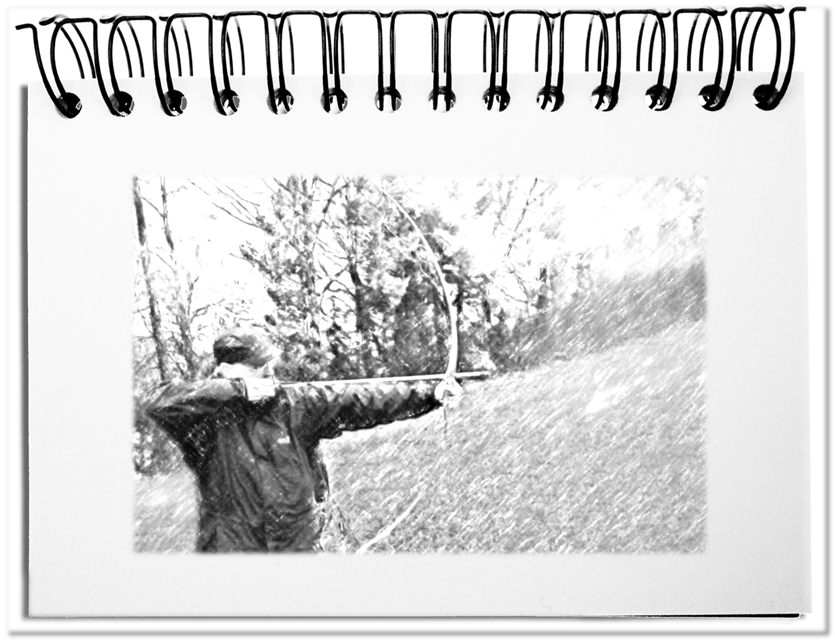Change takes place constantly. As long as you are drifting, you leave your fate to others. If it does not run in the expected direction, some speak of superior forces that they cannot control. If advantages appear, then they are pleased about the fortune and the divine providence, which gives them benevolently positive results. Of course nobody would get the idea to drive a car, without changing gears and, above all, without steering. But planned transformations need a targeted strategy, even if many are critical.
The most important task is setting the direction that provides the framework for the planning in all areas. This sketch consists of
- an emotionally loaded picture of the future, which encourages the staff,
- a comprehensible reason, the mission,
- a set of premises, the critical success factors, the value disciplines and the strengths, weaknesses, opportunities, and risks,
- a rough direction that describes growth or contraction and/or first or second order changes,
- defined general goals that should be reached, and
- the core of the enterprise that determines the crucial capabilities, processes and deliverables.
Those who consider the individual parts can benefit from it. Nevertheless enterprises and departments allow themselves the luxury to act without a formulated strategy. What is the problem?
- Above all, many do not understand the components and the application of the plan. It is as if one would have a bow and arrows, but never saw or learned or tried their usage.
- Without a personal conception of what you want to reach, you cannot provide direction. It is as if you can shoot with the bow, but you do not know, where the target is.
- Even if some have the picture of the future before their inner eye, they let themselves too much time, in order to translate it in words and representations. It is, as if you direct the bow toward the goal, but you cannot decide of letting the arrow go.
- Frequently the plan for the future is prepared and published, but the outcome is not determined. As if you would shoot the arrow and you would not be interested in the impact in the target.
- If planning does not achieve the desired results, then many do not have the ability to readjust. It is as if you would not continue trying to hit the target after the arrow missed the target.
- If you achieved, what you wanted, then people think that they need the strategy any more. It is as if one would hit in the bull’s eye and would thereafter shoot no more arrows.
BTW, the probability of a hit without shot is equal to zero. After the shot is before the shot. In this sense the development of a strategy is a continuous task that is necessary.
Bottom line: The strategy is a fixed part of everyday business. All parts fulfill their purpose of aligning the employees to a joint goal. Daily practice is burdened by clumsy use of the parts. However, if you want to steer transformation, nothing else remains than a targeted strategy.

